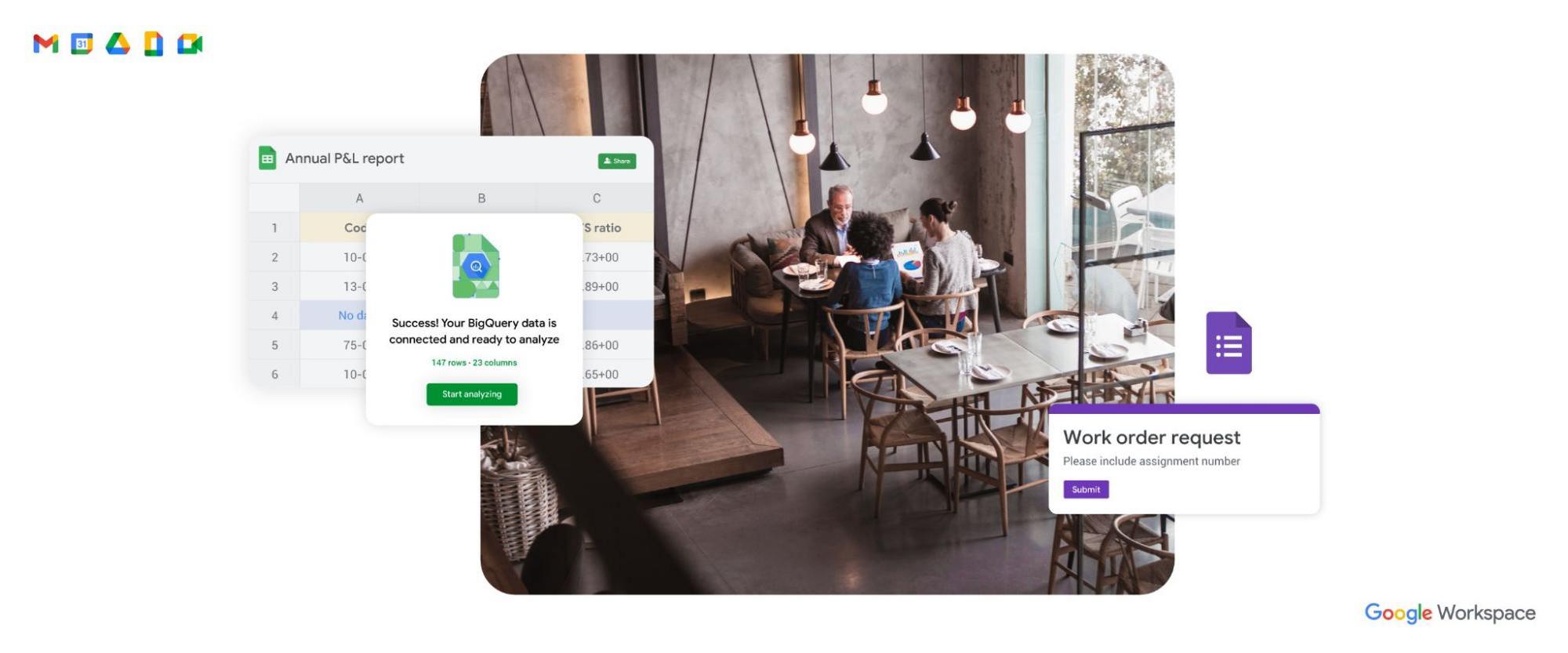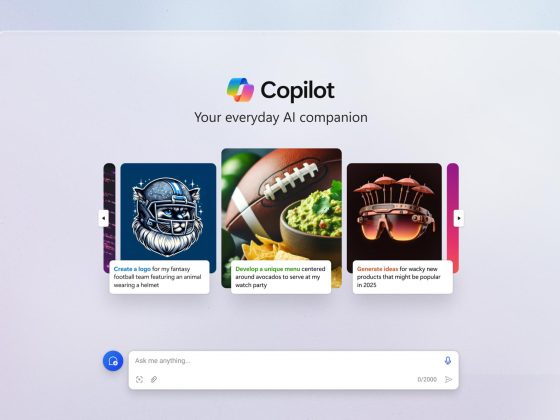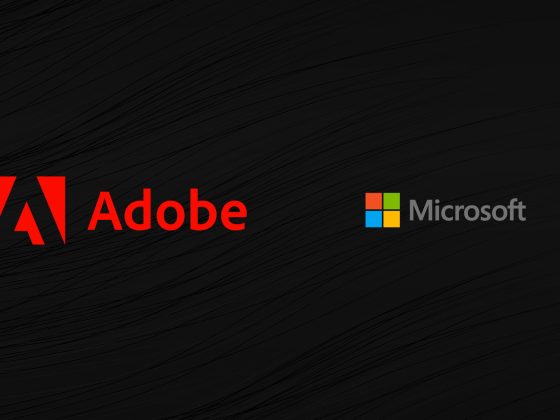While businesses can’t expect the unexpected, they can prepare for it. Events of the last few years have proven that circumstances can change at any time, with little warning. But flexible, dynamic culture and tools are one way that organizations can stay on course through unsteady waters. And one way to achieve dynamic flexibility is through composable business practices.
First identified by Gartner, a composable business practice merges accessible, easy-to-use digital technology with a tech-savvy, flexible work culture. Picture your business as a collection of different components, like interlocking structures made of small building blocks. Every time a new challenge arises, you can move these components around and snap them into place to reconfigure how your company responds. These practices are made possible through cloud-based technology that allows organizations to change direction quickly and efficiently.
From our partners:
Critical to composable business is a concept known as digital dexterity—the ability for organizations and employees to pivot quickly using digital tools. Digitally dexterous organizations are collaborative, think analytically, and make creative use of technology that can open up new possibilities for how work gets done. For example, organizations with high digital dexterity were able to pivot quickly from in-person onboarding of employees to remote onboarding during the pandemic. They used systems already in place, like video conferencing, virtual chat spaces, and online learning tools and adapted them to the new normal. And this is essential for a future of work where unpredictability is the rule, not the exception. In fact, Gartner finds that employees and organizations with high levels of digital dexterity are about three times more likely to launch, complete, and succeed in digital initiatives.
Digitally dexterous companies typically adopt simple, intuitive, people-first collaboration tools that empower employees to work quickly and seamlessly, whether they’re collaborating across teams or working independently. They also have workplace cultures that are highly responsive to new demands and changes.
Here are two ways to promote digital dexterity in your organization.
Focus on digital dexterity as a journey
Composable businesses require two key components: a digitally-enabled environment and a flexible workplace culture that consistently adapts to the changes within it. Digital dexterity creates agility from the inside out, empowering every employee to make smart use of technology to solve problems that impact them directly in service of the larger goals of the organization. It might be launching a no-code application that streamlines the budget approval process, or setting up connected spreadsheets to access back-end data without specialized programming, or launching a web intake form to prioritize team work requests. The more intuitive the technology, the faster employees can build the muscle of digital dexterity. And the more flexible the technology, the easier it is to harness it to drive the composable business practice that adapts to change.
Digital dexterity also enables innovation. During the early pandemic, millions of businesses experienced a crash course in digital dexterity out of necessity. They adopted new technologies and solutions to overcome the challenges of the moment. In addition to the onboarding example above, some retailers were able to adapt to changing consumer behavior and make the pivot to curbside pickup and delivery services. Real estate agents leaned into virtual showings, 3D tours, and electronic contract signing. When stay-at-home orders lifted, restaurants mitigated crowding by using online waitlists and reservations. As manufacturers experienced supply chain issues, they adjusted their purchasing to have materials on hand for production, instead of relying on expedited delivery from vendors. And in staying adaptable, professionals gained stability within a highly uncertain environment.
Creating a flexible workplace culture takes time. When evangelizing the benefits of digital dexterity within your organization, it’s important to emphasize that it’s a journey, not a single training initiative. Even with the right tools and mindset, it’s an ongoing process that involves education, outreach, experimentation, and an open dialogue across your organization. But when employees feel like they can easily navigate the technology around them to solve top business challenges, digital dexterity becomes a major strategic advantage.
To power digital dexterity, remove digital friction
Reducing digital friction happens in countless small ways, from giving employees secure, one-time login access to all the apps and workflows they need to be productive, to reducing context shifts for teams that are already collaborating together. Achieving digital dexterity is a lot easier when we ask technology to simply get out of the way.
Inflexible or outdated technology often gets in the way of further development. A new employee might be adept at navigating various digital tools in their own personal life, only to find a maze of workplace tools that introduce digital friction when they want to collaborate or get something done. Whether it’s the need to continuously re-authenticate while working away from the office, or being forced to change apps all day long, digital friction is a drain on productivity and collaboration.
Intuitive, cloud-based tools that are location agnostic help employees collaborate more seamlessly. The goal of technology should be to keep people productive and collaborating in the places they’re already working together. For example, the ability to pivot directly from a brainstorming doc into a virtual meeting eliminates the need for teammates to switch tabs/apps or schedule a separate meeting. And getting AI-based recommendations for people, files, and events to include in a meeting invite or spreadsheet means that people spend less time searching for the right way forward and more time collaborating with the right ingredients and people at hand.
Digital dexterity is also enhanced when employees have access to automated templates and workflows that streamline their workday. In Google Workspace, for example, we’re working on a series of auto-generated document and communication summaries — powered by AI — that provide a digest of long documents or chat conversations so employees aren’t weighed down by information overload. And in Calendar, meeting organizers can quickly add a meeting notes template directly to the meeting invite, saving time when it’s time to bring everyone together.
Thriving at the intersection of technology and culture
Composable businesses thrive at the intersection of technology and culture. There are two key ingredients — flexible technology that can adapt to new challenges and a culture that empowers employees to build digital dexterity. If a composable business is a collection of interlocking components that can be moved around and snapped back together, then it’s agility in both the tools and the culture that enable the new configuration. As the events of the last few years have reminded us, the future will always be highly uncertain and organizations will need to shift from planning for the most probable scenario, to planning for a multitude of possibilities. Only when flexibility is a core part of the foundation — in the tools and the culture — can an organization navigate the next bend in the road.
By: Michael Brenzel (Chief Workspace Evangelist, Google Workspace)
Source: Google Cloud Blog
For enquiries, product placements, sponsorships, and collaborations, connect with us at [email protected]. We'd love to hear from you!
Our humans need coffee too! Your support is highly appreciated, thank you!









